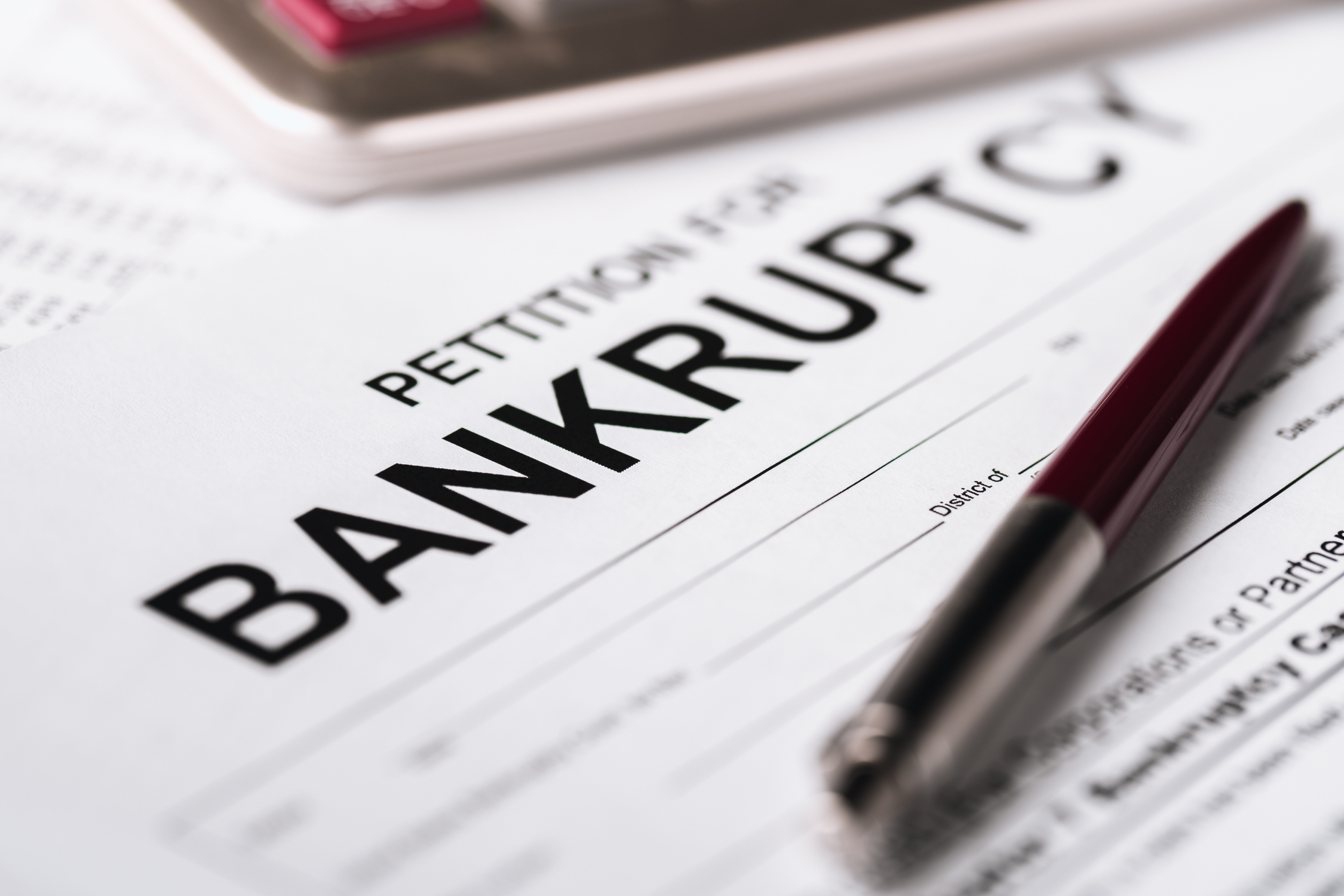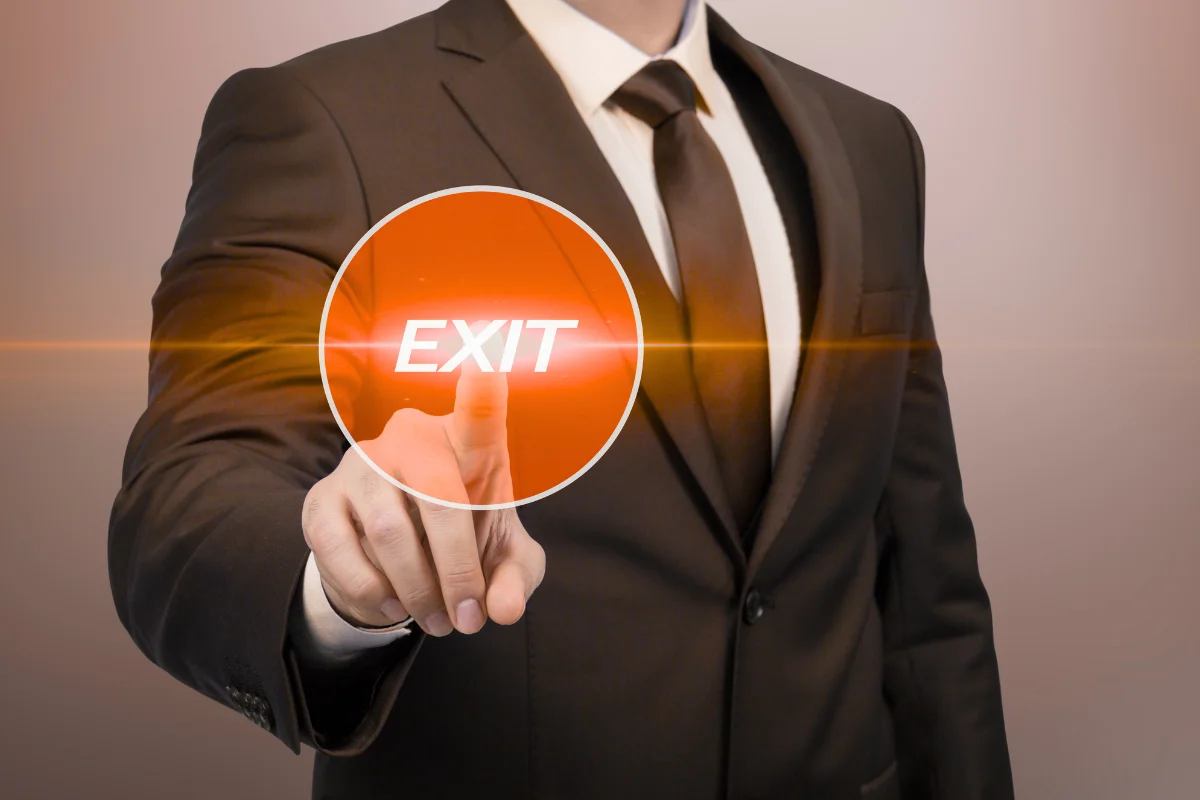
When an individual is declared bankrupt, most unsecured debts are captured by the bankruptcy process. These debts are either extinguished or addressed through distribution from the bankrupt estate.
However, debts incurred while a person is bankrupt are treated differently. These liabilities commonly arise when a bankrupt individual continues to trade, obtain credit, or accrue new obligations during the bankruptcy period. They are not covered by the bankruptcy and remain enforceable both during and after the bankruptcy ends.
For creditors, understanding how these debts are classified and what recovery options exist is essential when navigating insolvency matters.
AFSA and the Bankruptcy Framework
The Australian Financial Security Authority (‘AFSA’) is the government agency responsible for administering the Bankruptcy Act 1966 (Cth) (‘the Bankruptcy Act’) It plays a key regulatory role by providing guidance to trustees, creditors, and bankrupt individuals. One of AFSA’s core functions is clarifying how debts are treated during and after bankruptcy, particularly where new liabilities arise post-bankruptcy or fall within specific statutory exclusions.
Provable vs. Non-Provable Debts
Under the Bankruptcy Act, a crucial distinction is drawn between provable and non-provable debts:
- Provable debts are those that can be claimed in the bankruptcy (e.g. credit card debts, loans incurred before the bankruptcy). They are extinguished upon the bankrupt’s discharge, unless exempted.
- Non-provable debts cannot be claimed in the bankruptcy. The bankrupt remains liable for these debts, and creditors are entitled to pursue recovery, even during the bankruptcy.
According to AFSA guidance, debts incurred after the date of bankruptcy fall into the non-provable category.
Enforcement Options for Creditors
Although AFSA’s guidance confirms that non-provable debts can be pursued during and after bankruptcy, practical enforcement options are more limited:
- A creditor cannot bankrupt the individual again during their current bankruptcy term.
- Creditors cannot seize assets controlled by the bankruptcy trustee.
However, creditors can sue the individual personally, obtain judgment, and seek enforcement (e.g., garnishee orders, examination summons) once the individual has been discharged, or potentially sooner if non-trustee assets are available.
Conclusion
If you are a creditor dealing with a debtor who incurred obligations during bankruptcy, it is important to understand your rights. These debts are not extinguished and may still be recoverable, albeit with some limitations. Seeking early legal advice can help you assess your enforcement strategy and ensure compliance with bankruptcy law.
If you have questions about debt recovery involving bankrupt individuals, please get in touch with Daniel Morgan (daniel@morganenglish.com.au) and the team at M+E today.



